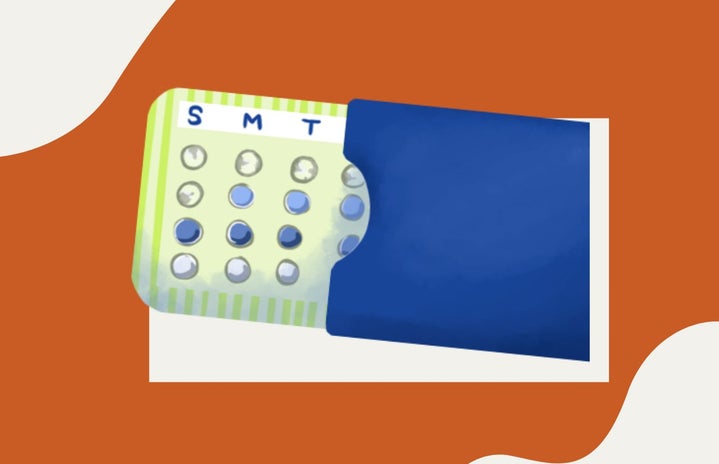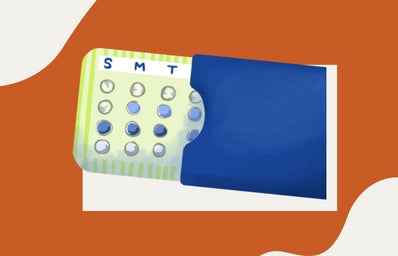It’s the 21st century. Roe v. Wade is in effect (knock on wood), casual sex is (mostly) destigmatized and access to birth control is essential for a good number of women. In 1960, the first oral contraceptive, known as Enovid, was approved by the U.S. Food and Drug Administration (FDA). Sixty years later, this form of birth control has become normalized. The burden of contraception has mostly fallen on women.
But we still don’t have contraception options for men. Why is that? It takes two to tango, after all.
Unfortunately, the answer is a bit more complicated than “because the patriarchy, duh.”
According to The Cut, “… birth control pills, patches, rings and shots use hormones to prevent ovulation in women. No egg, no pregnancy… Women usually release one egg per month, but men can produce 1,000 sperm per second. The target is a lot bigger.”
In other words, hormones can prevent potential pregnancy at the ovulation stage, but physiologically speaking, men do not have a stage where production of sperm ceases.
This limitation has negatively impacted many women.
Twitter user @jodieegrace expressed her dissent about contraception:
“do you ever think about all the negative effects that birth control has both physically and mentally and then realize that you started taking it during your most formative years and have been taking it for nearly half of your life and you’re not even sure if you’re really ~you~”
This is a common reality for many women, whether they take it for pregnancy prevention or to regulate their menstrual cycle, cope with endometriosis and more. Negative side effects are basically expected in those who go on birth control. Some of these side effects include nausea, weight gain, mood changes, irregular periods, decrease in libido and more.
Yet men are limited to condoms, vasectomy procedures and, a crowd favorite, the pull-out method.
However, there have been research trials for male contraception. Authorized by the World Health Organization (WHO), a trial that involved men receiving a contraceptive shot every eight weeks was unsuccessful due to the side effects that the participants experienced. Some of the side effects included acne, weight gain, mood swings and severe depression.
Sound familiar?
These trials were deemed unsuccessful because the male subjects could not endure the side effects that most women deal with on their birth control every day.
Does this mean that men should go through the same physical and emotional turmoil that women experience because of birth control’s negative side effects? Not necessarily. But it is definitely striking that women are expected to tolerate this lifestyle, but men are not. The responsibility of contraception should be equal.
However, hope for male hormonal birth control is still in full throttle. In Sacramento, UC Davis Health is currently operating a clinical trial of a reversible male contraceptive in the form of a gel. After six months of daily topical application to the shoulders, the couples in the study will use the gel as the primary source of birth control. Over the course of the trial, researchers will monitor the man’s sperm count and testosterone levels.
According to the article, the gel contains an ingredient called segesterone acetate, which is a synthetic progestin that acts as a barrier against testosterone production in the testes and helps to reduce overall sperm production. Many functions are dependent on testosterone, though, so the gel also contains a replacement of the hormone to help maintain normal sex drive and other bodily functions.
A step toward male hormonal birth control is a step in the right direction for the societal aspects of sex as well as the scientific ones. It is important to assign mutual responsibility and concern over reproductive health to both parties involved in sex. “Are you on the pill?” is an important question to ask, but also inadvertently shifts all accountability onto women for pregnancy prevention. Should the contraception fail (99% effective, remember?), the woman is held culpable.
Maybe one day asking a guy if he’s “on the gel” will be the new norm.


